Click to view our Accessibility Statement or contact us with accessibility-related questions






PRODUCTS YOU MAY LIKE
Trending Posts in Audiophile
Thecricbet9
Experience Real Thrills with Cricbet99 Live Cricket Bets
Cricket, often called the "gentleman's game," has evolved into one of the most exciting sports globally, captivating millions of fans. With the rise of online sports betting, fans now have the opportunity to elevate their passion for cricket to new heights. Cricbet99 offers a thrilling and immersive live cricket betting experience, making it the ultimate platform for sports enthusiasts who want to combine their love for cricket with the excitement of live wagering. At Cricbet99, the thrill of cricket betting goes beyond just placing a bet; it’s about feeling the adrenaline rush as the game unfolds in real-time. Whether you’re a seasoned bettor or a newcomer, Cricbet99 provides a user-friendly interface designed to cater to all levels of experience. The platform’s live betting feature allows you to place wagers as the action happens on the field, bringing you closer to the game than ever before. Every ball bowled, every run scored, and every wicket taken creates a new opportunity to...
Nov 28, 2024

UlaUla
How to customize a Samsung ringtone for each contact
Personalizing your phone with Samsung ringtones for each contact is a great way to make your mobile experience more enjoyable and functional. Whether it's to distinguish an important call from a banal call or to give a personal touch to each interaction, customizing Samsung ringtones allows you to organize and better manage your calls. In this article, we will explain how to easily customize a ringtone for each contact on your Android and iPhone phone, using Samsung ringtones. Download the list of free phone ringtones samsung from the website: https://sonnerie.tel/samsung/ Why customize Samsung ringtones for each contact? 1. Save time and productivity Knowing immediately who is calling you thanks to a specific ringtone for each contact allows you to react more quickly. This is particularly useful in a professional setting or to efficiently manage your schedule. 2. Improve personal organization Assigning specific ringtones to groups of contacts (friends, family, colleagues)...
Nov 27, 2024
discoverymart
What is a headphone in a computer?
A headphone in a computer is an audio device used for private sound output, often with a built-in microphone for communication. It connects via wired or wireless methods and is commonly used for listening to audio, gaming, or online calls. https://discoverymart.net/
Nov 26, 2024
eyestech28
Reduce Image Size in Seconds: Tools and Tips for Beginners
In today’s digital world, images are essential for enhancing user engagement on websites, blogs, and social media platforms. However, large image files can significantly slow down page loading times, which can negatively impact both user experience and SEO rankings. For beginners looking to optimize images without losing quality, reducing image size is a crucial step. Fortunately, there are several simple tools and tips to help you reduce image size in seconds, making your website faster and more efficient. Why Image Size Matters When images are too large, they take longer to load, which can lead to high bounce rates. Research has shown that even a delay of a few seconds in page load time can result in users abandoning your site. Additionally, search engines like Google consider page load speed as a ranking factor, which means faster loading times can improve your website’s SEO performance. By reducing image size, you ensure that your website loads quickly, offering a...
Nov 25, 2024

Goach
I had a good experience with Drop. Thank you Drop.
Impressive warranty service. Real quick. I needed to return my 6xx for a buzzing in the right speaker. I inquired with the manufacturer regarding the two year warranty and was batted around a couple of times before being directed back to Drop. Drop then covered the warranty even though it was a couple of days past the purchase date of the warranty’s terms. I’m not stating you will have the same results. I initiated the claim prior to expiration. I was issued an rma, I returned my unit and had a new unit two weeks later. Thank you Drop. Another happy customer. I’m not a bot. Send me any puzzle and I’ll complete it.
Nov 24, 2024

olivetreemontessori.uk
Best School in Lahore
OliveTree Montessori is an Australian and UK-certified institution, offering a world-class learning experience under the supervision of our highly qualified Australian-trained CEO and dedicated faculty. At OliveTree Montessori best school in lahore, we nurture future leaders by encouraging young minds to explore, discover, and grow in an environment that prioritizes academic and personal development. Our activity-based learning approach fosters critical thinking, creativity, and problem-solving skills. Character building is a cornerstone of our philosophy, instilling values such as integrity, empathy, and resilience in our students to prepare them for the world with confidence and grace.
Nov 24, 2024
CaitlinRHicks
Tips for Effective Problem-Solving During Firefighter Written Exams
Effective problem-solving during firefighter written exams requires a blend of preparation, strategy, and critical thinking. These exams typically cover a broad range of topics, including fire behavior, Tips for how become firefighter emergency medical procedures, equipment usage, and safety protocols. Here are several tips to help you approach these exams with confidence and effectiveness: 1. Understand the Exam Format Before diving into the specifics of studying, take time to familiarize yourself with the structure of the exam. Firefighter written exams often consist of multiple-choice questions, true/false statements, and scenario-based questions that test your judgment and application of knowledge. Knowing the format will allow you to pace yourself and manage your time more effectively during the test. 2. Study the Basics Thoroughly Firefighting exams often test foundational knowledge. Ensure you are well-versed in key areas such as fire science, building construction...
Nov 23, 2024

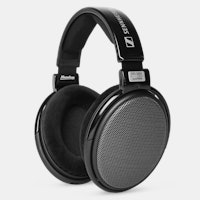

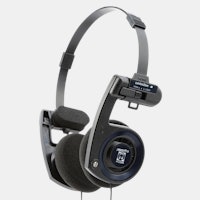
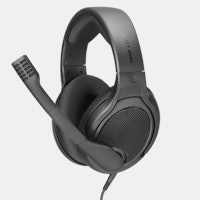
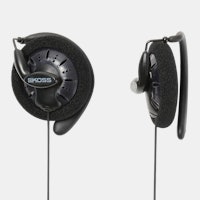
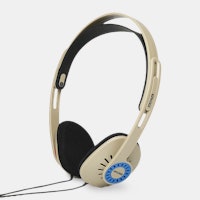
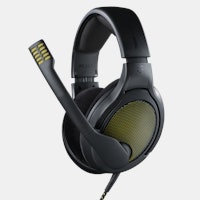
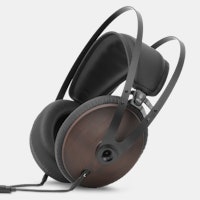
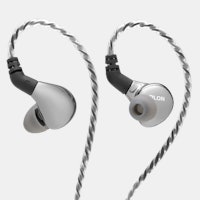


I was looking at the design of these iems and recognizing that it's very simplistic - almost like a proof of concept. Can we get decent bass out of a very small single driver? yes we can... but there will be a compromise in quality (for some) in he mids and highs. There are several physical design decisions that I don't want to get into, but that I believe contribute to this.
That being said, I think I've figured some things out that explains some of our different listening experiences and certainly makes MY experience a small but noticeable bit better.
1. The back caps - tightening them down on the cable makes a better seal (rather than creating an inadvertent untuned bass reflex design (ported)). There's a mod that was originally for the pro version but I think applies to the non-pro version equally ... or rather, I think that if the cap isn't squeezing the cable, you get bass bleeding all over the place. Here's the link: http://www.head-fi.org/t/766183/flare-audio-r2pro-kickstarter-campaign/1905#post_11842307
2. I'm not a fan of the long and narrow pipe when it is extended by sound deadening material that preferentially absorbs higher frequencies. So I was going to cut off the very tips of the comply tips ... until I found a video, recommended on the comply website for those experiencing high freq rolloff!!! http://www.complyfoam.com/faq/ It's the second video. Here's a more direct link to the video:
3. apart from pulling back the foam, insert it slightly backward facing and do not push it to the end. When I insert the iem, I press it into the back and then back off a bit. This provides a more direct sound path and prevents me from overly deforming that path. (Every ear is a bit different - I have to push it slightly downward as well)
My next experiment is to purchase larger comply tips that will hold the direction better. I'm getting an ok seal now, but I think larger will be better. Also - I am getting ts-200s as I wonder if the earwax guard (in our tx-200 model) is altering the sound.
It's unfortunate that these design decisions result in variable listening conditions and thus very different opinions from each listener. There is always some variability, and now there's even more. That being said, if sound is your hobby, these iems will keep you busy. :)
Anyway, these are just ideas to try that I found helped me better enjoy my listening experience. If you were as disappointed by your R2As as I was, I hope these ideas help some.
... "I think the tx200 could be easily modified cutting away the filter and the top 2-3mm foam minimising the tube obstruction." ....
Funny I just did that. Literally right now. I was just going to post my clever idea :-). My results are similar to yours.
Also of note - I find it better not to overly squeeze the tips and not to overly insert them.
No significant change in sound quality with a heck of a lot more useful features.